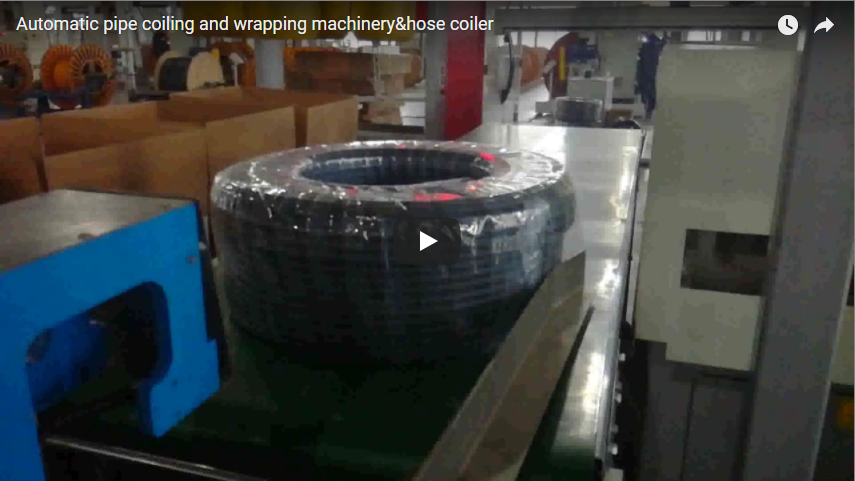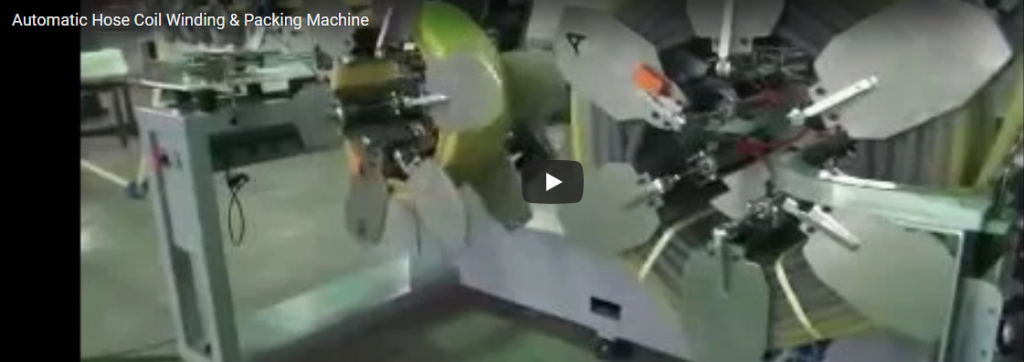Mastering Heavy Loads: An In-Depth Look at Coil Lifters & Roller Lifting and Turning Tools
Handling heavy, cumbersome coils and rollers is a persistent challenge across numerous manufacturing and processing sectors. Manual or inadequate handling methods often lead to material damage, production bottlenecks, and significant safety risks for personnel. Advanced material handling solutions like Coil Lifters and Roller Lifting and Turning Tools, such as those engineered by FHOPEPACK, offer a robust answer to these challenges, streamlining operations and enhancing workplace safety. These systems are crucial components in modernizing material flow within demanding industrial environments.
Core Technology and Design Principles
At their heart, these specialized lifting devices integrate robust mechanical structures with sophisticated control systems. Built typically from high-strength structural steel, the frame is designed to withstand substantial loads and the rigors of continuous industrial use. The lifting and turning mechanisms often employ electro-mechanical or hydraulic systems, providing the necessary force and precision for manipulating heavy items.
Key design considerations often echo principles found in material handling patents, focusing on:
- Secure Clamping: Utilizing mechanisms like internal diameter (ID) expanding mandrels or external diameter (OD) clamping arms to firmly grip coils or rollers without causing damage. The specific design depends on the material and core structure of the item being handled.
- Controlled Rotation: Incorporating geared motor drives or hydraulic rotators allows for smooth, precise turning (often 90° or 180°) to reorient coils or rollers for subsequent processing, storage, or transport.
- Load Stability: Ensuring the center of gravity is managed throughout the lift and turn cycle is paramount, preventing accidental drops or swings. This often involves careful design of the lifter's geometry and lifting points.
- Integrated Controls: Modern systems often feature pendant controls or remote operation, sometimes integrated with Programmable Logic Controllers (PLCs) for automated sequences or communication with other factory systems.
Key Features & Operational Parameters
While specific configurations vary, advanced Coil Lifters and Roller Turning Tools commonly incorporate the following features and operate within defined parameters:
- Handling Capacity: Engineered to manage significant weights (e.g., up to 10 tons or more) and dimensions (e.g., coil diameters up to 1500 mm, lengths up to 12 meters, widths up to 2 meters, though capacities are model-specific).
- Automated Clamping Mechanism: Securely grips materials via ID or OD contact, minimizing manual adjustments and ensuring consistent holding force.
- Precision Rotation: Provides controlled turning capabilities (e.g., 90°, 180°) to efficiently change material orientation.
- Durable Construction: Fabricated from high-strength steel, ensuring long service life under demanding conditions. Finite Element Analysis (FEA) is often employed in the design phase to optimize structural integrity, a common practice highlighted in engineering research papers on heavy lifting equipment design.
- Enhanced Safety Systems: Includes standard safety features like emergency stop buttons, overload protection sensors, and secure locking mechanisms during rotation, aligning with occupational safety standards (e.g., OSHA or relevant ISO standards for lifting equipment).
- Control Interface: User-friendly controls, often via a wired pendant or wireless remote, allowing operators precise command over lifting, lowering, clamping, and rotation.
- Configuration Flexibility: Options for customization based on specific load types, dimensions, facility layouts, and integration requirements are generally available.
- Environmental Adaptability: Designed to operate reliably within typical industrial temperature ranges (e.g., -10°C to 50°C).
- Maintenance Considerations: Designed for accessibility with recommended preventative maintenance schedules to ensure peak performance and longevity.
- Operator Requirements: Requires adequately trained personnel to operate safely and efficiently, maximizing the equipment's benefits.
Applications & Industry Impact
The versatility of Coil Lifters & Roller Lifting and Turning Tools makes them indispensable in various industrial settings:
Coil Handling in Metal Processing & Stamping
In steel and aluminum service centers, slitting lines, and stamping facilities, these tools are vital. They address the critical need to lift heavy coils (often weighing several tons) from pallets or storage, rotate them (typically 90 degrees from eye-to-sky to eye-to-wall orientation), and precisely place them onto uncoilers or processing machinery.
- Impact: Drastically reduces the risk of edge damage to valuable coil stock, improves changeover times between coils, significantly enhances worker safety by eliminating hazardous manual handling attempts, and ensures proper alignment for downstream processes. According to studies published in journals like Material Handling Management, automated or semi-automated coil handling can yield substantial improvements in throughput and reductions in workplace injuries.
Roller Handling in Converting Industries (Paper, Film, Textiles)
Manufacturing processes involving large, heavy rolls of paper, plastic film, or textiles rely on similar equipment. These rollers can be easily damaged if handled improperly. Lifting and turning tools allow for safe removal from production machinery, transport to storage or converting lines, and precise placement.
- Impact: Prevents costly damage to sensitive roll materials, improves workflow efficiency in winding and unwinding operations, and reduces ergonomic strain on operators handling bulky items.
Automotive Manufacturing
Within automotive plants and Tier 1 supplier facilities, these lifters handle not only raw material coils for stamping operations but also large, heavy components like engine cradles, chassis members, or large stamped panels. Precise positioning and orientation are often required for feeding robotic cells or assembly lines.
- Impact: Facilitates efficient material flow in high-volume production environments, minimizes damage to critical components (including Class-A surfaces), enables seamless integration with automated systems, and supports just-in-time manufacturing principles by ensuring components are correctly oriented and delivered as needed.
General Fabrication & Heavy Industry
Beyond coils and standard rollers, customized versions of these lifters can be adapted for handling other heavy, cylindrical, or rotation-requiring objects found in shipyards, heavy equipment manufacturing, and structural steel fabrication shops.
- Impact: Provides a versatile and safer lifting solution for non-standard heavy loads, improving logistical efficiency and safety across a broader range of heavy industrial applications.
Streamlining Operations: Key Benefits
Investing in robust Coil Lifter & Roller Lifting and Turning technology delivers tangible advantages:
- Increased Operational Efficiency: Faster handling cycles and reduced downtime compared to manual methods or less specialized equipment.
- Enhanced Workplace Safety: Significantly mitigates risks associated with lifting heavy, awkward loads, contributing to compliance with health and safety regulations. Research consistently shows a correlation between mechanical lifting aids and reduced musculoskeletal injuries in industrial settings.
- Reduced Material Damage: Precise, controlled handling minimizes dents, scratches, or deformation of valuable coils and rollers.
- Improved Ergonomics: Reduces physical strain on operators, leading to a healthier and potentially more productive workforce.
- Versatility: Adaptable designs can often handle a range of sizes, weights, and material types within their specified limits.
- Automation Potential: Can be integrated into semi-automated or fully automated production lines for greater efficiency and consistency.
Conclusion
Coil Lifters & Roller Lifting and Turning Tools represent a critical investment for manufacturers and processors dealing with heavy cylindrical materials. By leveraging sound engineering principles and robust construction, solutions like those offered by FHOPEPACK directly address key industry challenges related to efficiency, safety, and material integrity. Implementing such technology is a strategic move towards optimizing material handling operations, reducing costs associated with damage and injury, and maintaining competitiveness in today's demanding industrial landscape.
For detailed specifications, customization options, and expert consultation on integrating these solutions into your specific application, contact FHOPEPACK directly.






